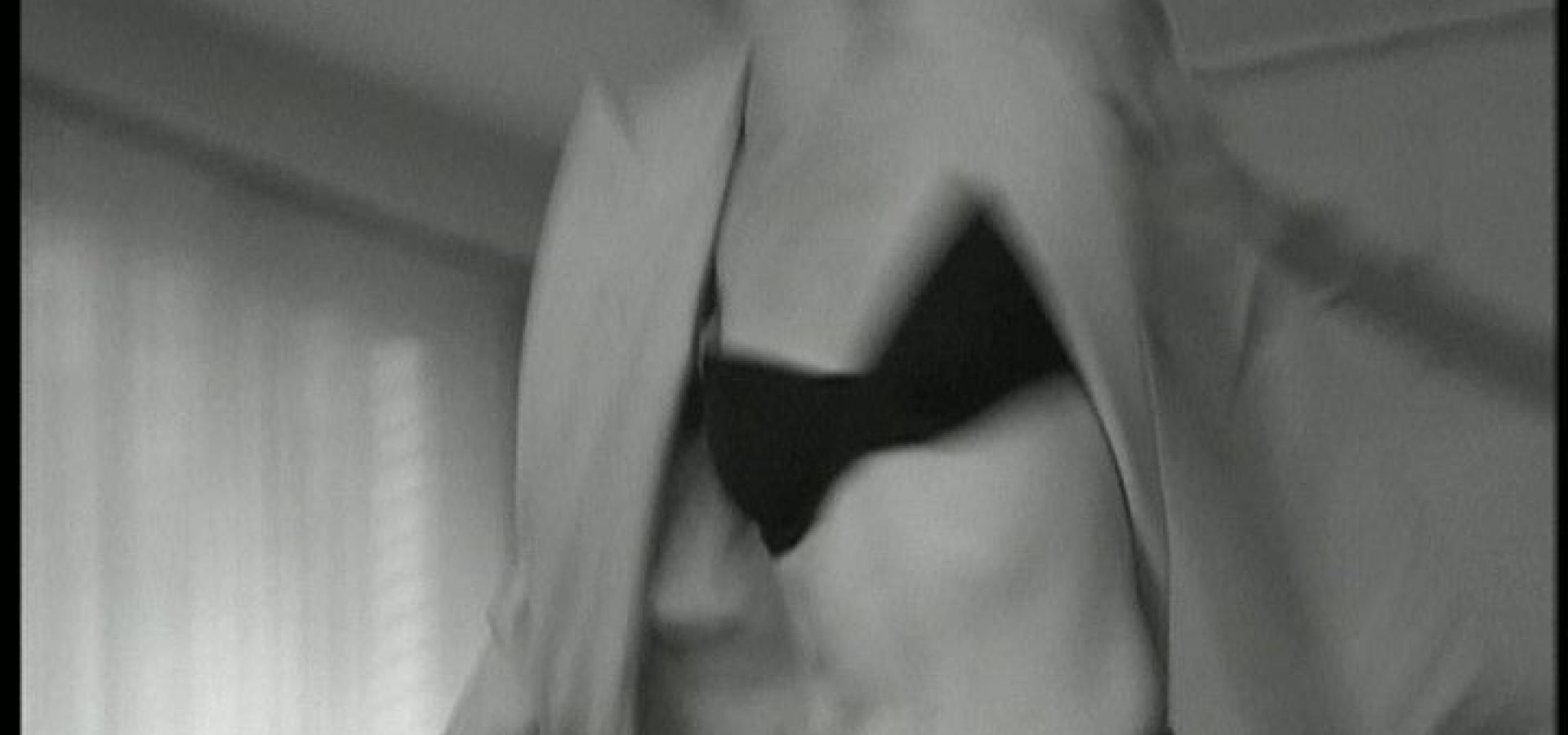
Bodies, Forms, Movements: Instinctive Reactions to the work of Manon Oligny
When I was asked if I would like to write a text on the choreographer Manon Oligny’s video work, I at first doubted my ability to do so: because I don’t really know anything about dance and because I don’t believe I have the theoretical baggage required to speak of this work in an enlightened way. In short, in my humble opinion I was not the “right person” to carry out this task. The very idea seemed to me to be absurd, and I was sure that in the end my text could only appear elementary, if not to say backward, in the eyes of experts. Was I to carry out all kinds of research, screen in record time the entire output of Carlos Saura and hit every dance event in town in the hope of grasping what it is about the body’s mystique that still eludes me?
Then, somehow, I got hold of myself. What is cinema, in the end, if not the codified movement of bodies captured by the camera lens? The term “choreography” entered the vocabulary to describe film a long time ago: it is used to describe Sergio Leone’s duels, Keaton’s and Chaplin’s comedies and John Woo’s gunfights. The reason people film dance is because they want to make cinema out of it. Recording it on its own is not enough. A connection has to be created between the two; their forms must communicate. I have already spoken about cinema. I can thus write about dance on screen, even if it is through this mediation of movement.
Watching More is More (2003), my reticence vanishes. The first thing that strikes you is the proximity that creates a kind of near abstraction: the frame clings to the body, clearly, but it’s the sound that imposes an enduring sense of complete physical contiguity between the viewer and the object of their attention. More is More is exhausting, almost suffocating: it is as if the mise en scène aspired to make our body and the contorted bodies on the screen one. Our breathing matches that of the dancers, as well as that of the film, which imposes its own body language by means of various temporal manipulations. Oligny has found in Frédéric Moffet a director capable of complementing her project and giving cinematic sense to her choreography.
24X Caprices (2002) confirms one’s impression that Moffet is not only “in the service” of Oligny’s dance troupe, that he is seeking in the bodies’ movements the raw material of a film in the proper sense. His camera brings the bodies to the foreground, amplifying the intensity of their presence through slow motion and lingering on the dancers’ faces as well as their gestures. It is not content to describe a choreographic action objectively. It contributes to the discourse and takes a position, wishing to capture the mystery of the eroticism expressed on the soundtrack. In a sense, 24X Caprices is the story of a camera trying to discover the raison d’être of desire. It is the story of a way of looking as much as it is the story of a body.


